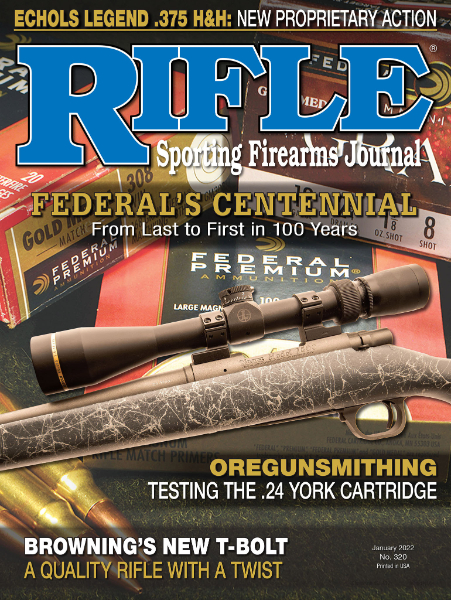Light Gunsmithing
Length of Pull
column By: Gil Sengel | January, 22
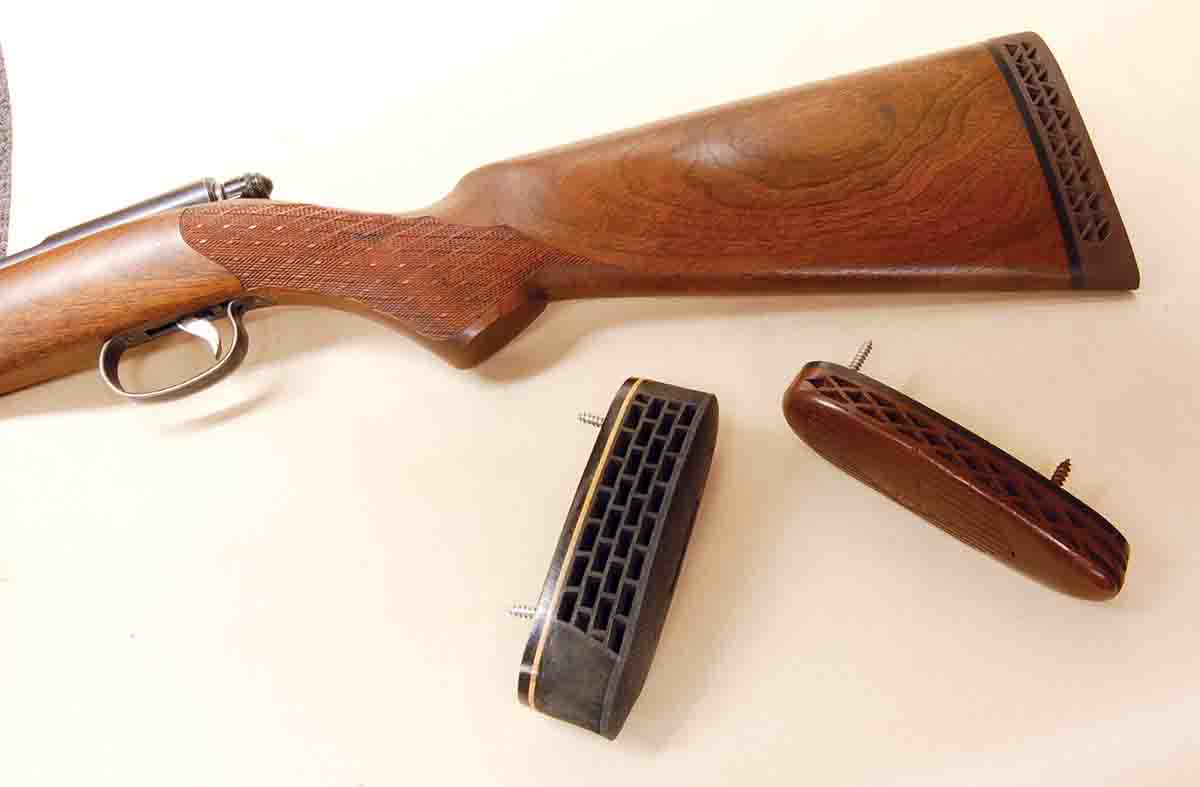
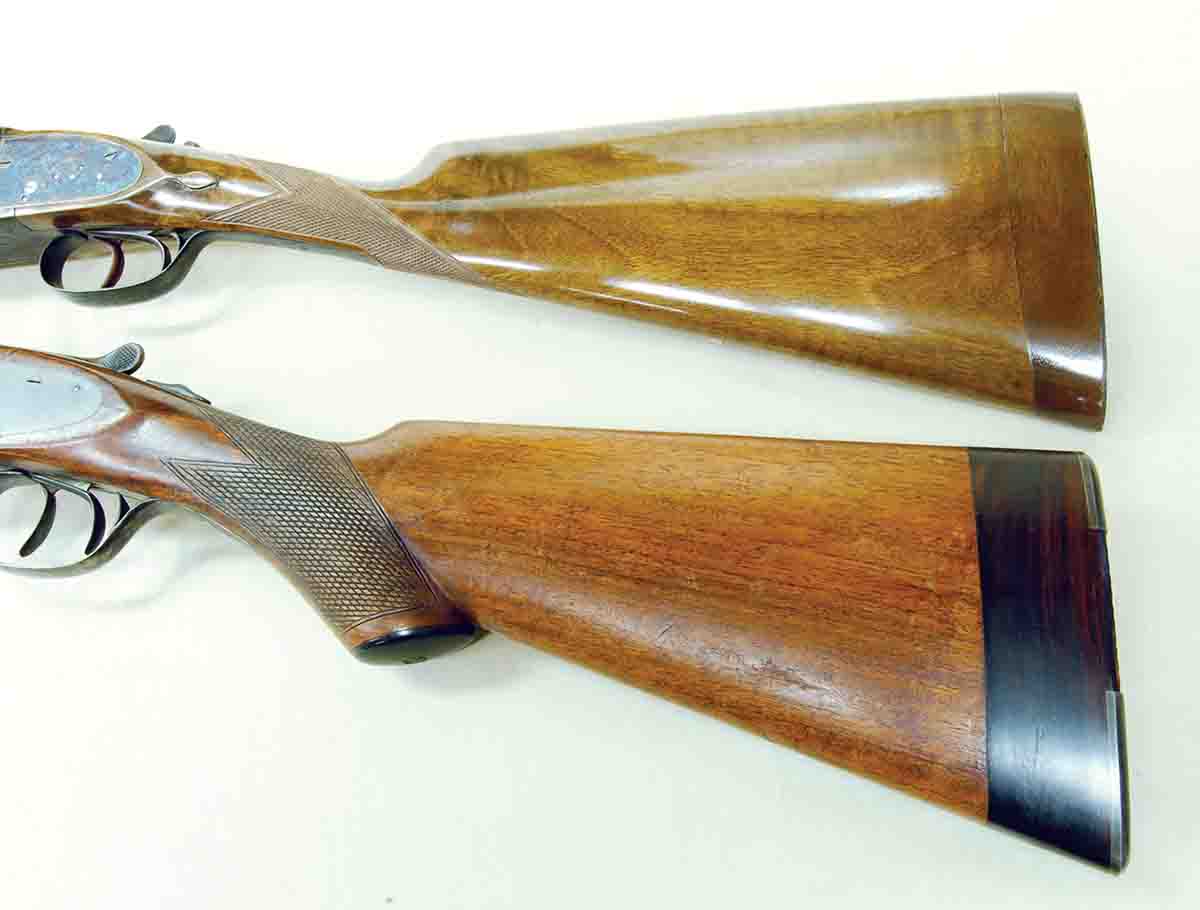
This is beginning to change today because of the popularity of long-range shooting. Rifle optics look more like spotting scopes than telescopic sights. Comb height and length of pull adjustment have become mandatory. The only problem is that the fiberglass/composite stocks that allow this adjustment tend to be heavy. The son of a friend of mine just acquired such a deer rifle. It weighs nearly 10 pounds. He’s young and can carry it!
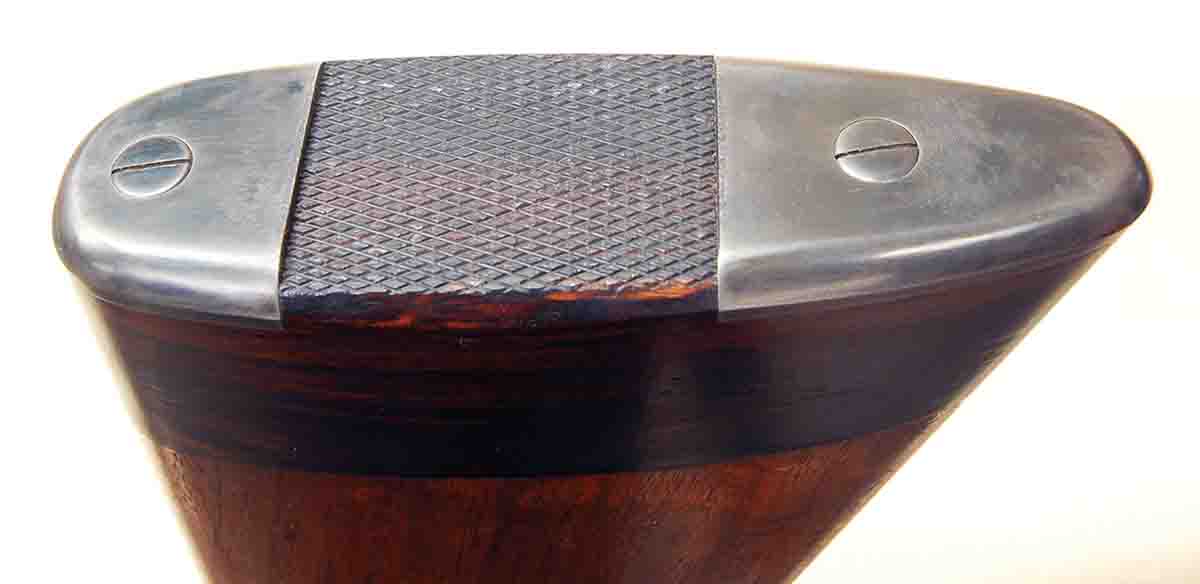
A rifle’s length of pull must be long enough so that the trigger hand, when fully wrapped around the grip, thumb over the top, squeezing firmly enough to control and absorb recoil to some extent prevents the thumb from being driven back into the nose when firing from all field positions. Then the army got involved as only a government entity can.
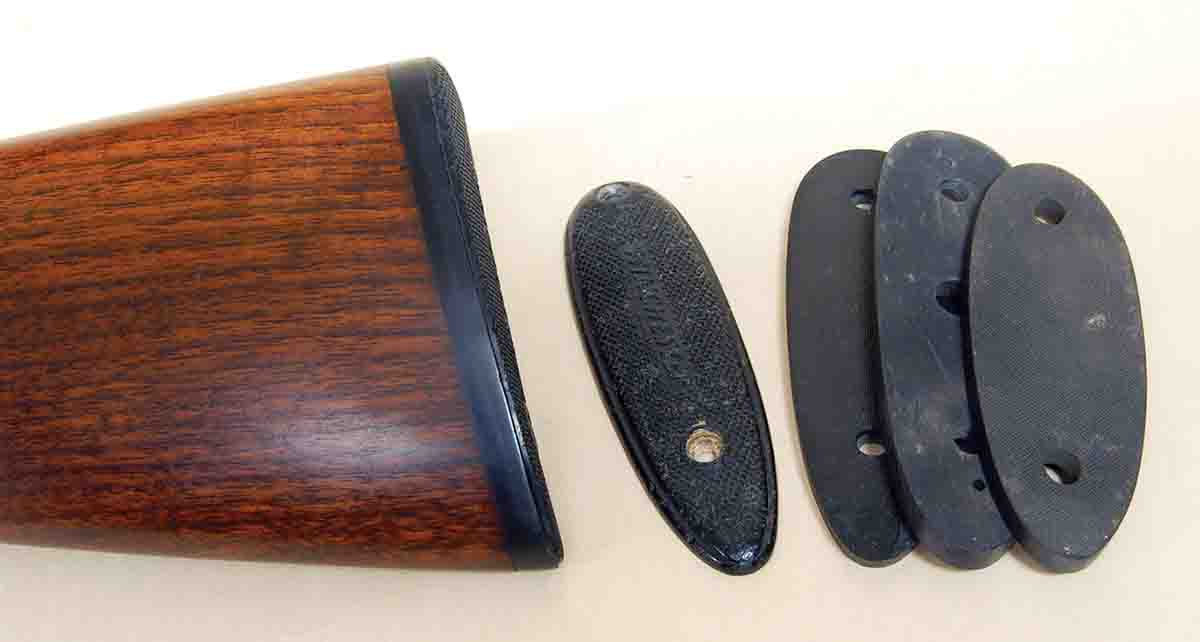
Not about to give up its one-size-fits-all stock design, the army began teaching recruits to place their thumb alongside the grip instead of over the top. Problem solved? Not hardly. No one is capable of controlling the recoil of a big-bore rifle (.45-70, .30-06, etc.) by pinching the grip between the fingers and heel of the hand! Hand contact is lost when the rifle recoils and the full force is transmitted to the shoulder. Soon the shooter is terrified of the rifle and a flinch develops. Precise shooting is impossible.
I mention this for the reason that holding a rifle in such a manner may not be seen at a silhouette match, but it is not uncommon at the sighting-in days held by gun clubs prior to deer season. When asked why they grip the rifle in this manner, all answer that it’s the way they must shoot a centerfire rifle because of recoil. It is astounding that such a silly idea is still around more than 100 years after its inception.
Other folks, when sighting-in their rifles, grip the stock normally but then slide their heads back before pulling the trigger. Often this is done without realizing it. Again, the stock is just too short.
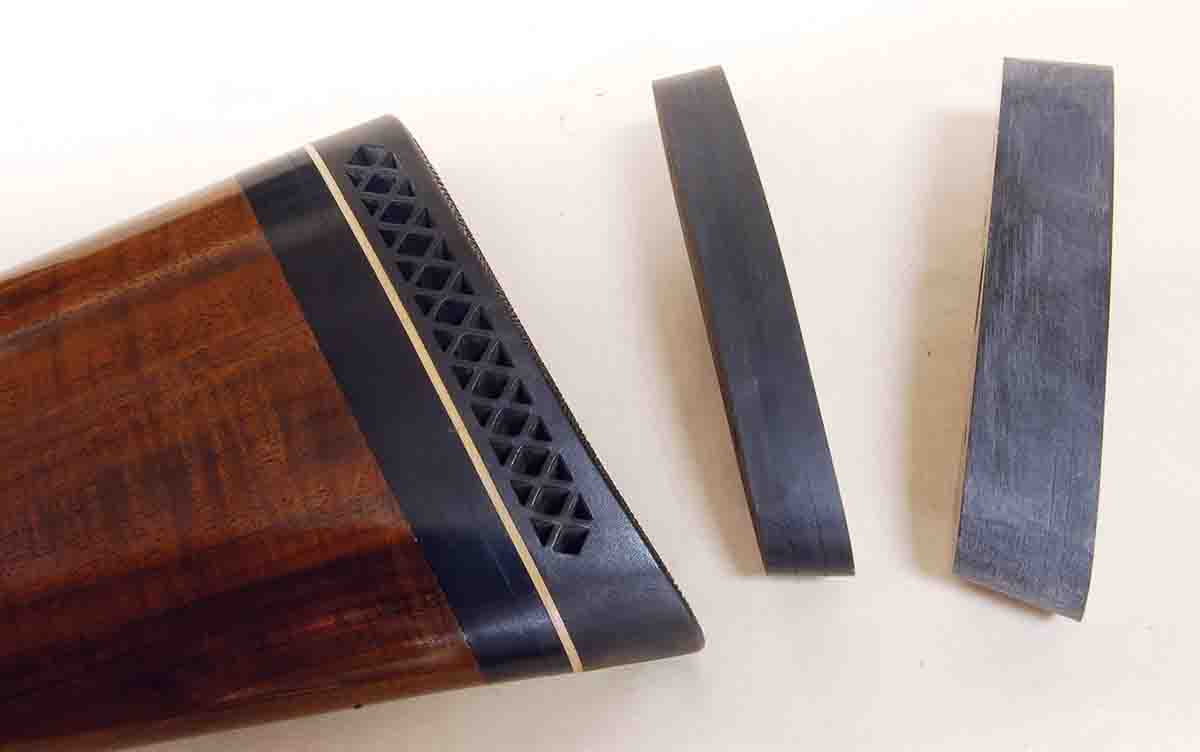
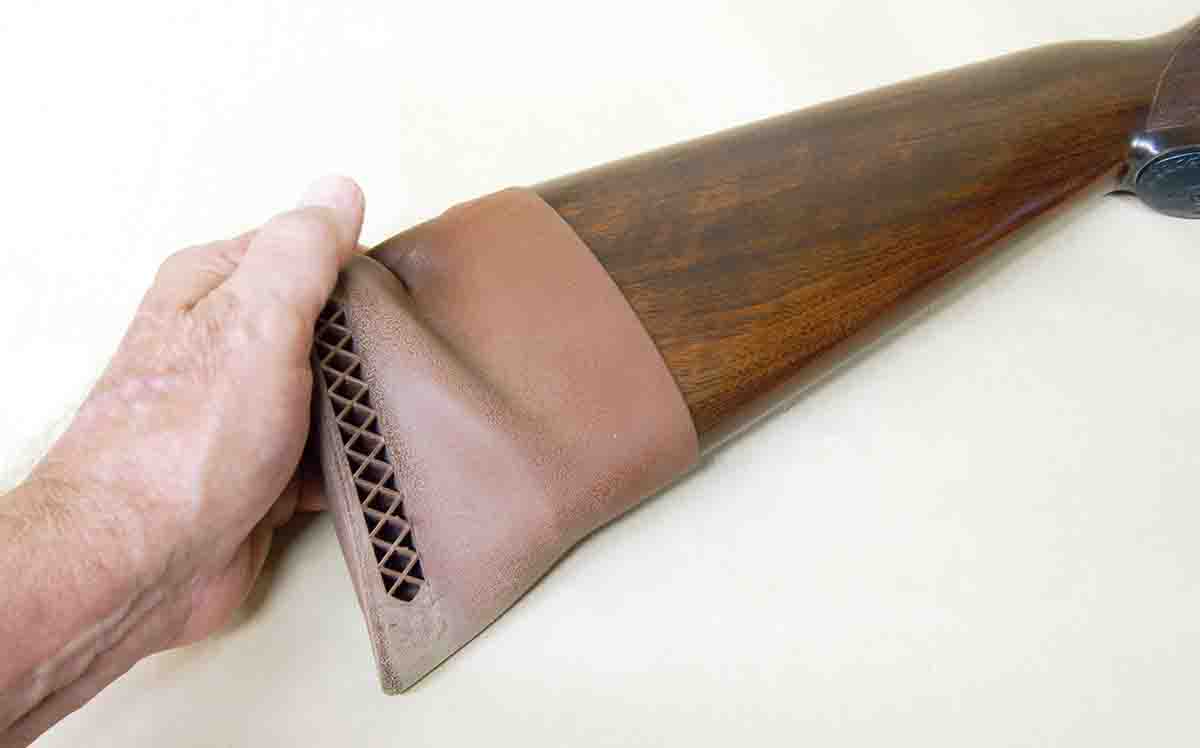
If a more permanent stock extension is wanted, the next easiest is the so-called “rubber” recoil pad. It can be found in lengths from 1⁄2 inch to 11 inches. While most folks have only heard of the 1-inch thickness, which requires trimming the stock back, the shorter lengths are used to add length of pull without having to shorten the wood. Anyone who has spent much time looking at used guns knows that not everyone can shorten a wood buttstock! Also, stocks with very slightly curved rear surfaces can usually be fitted with the thinner pads by gently heating the pad base with a heat gun until it can be bent enough to fit.
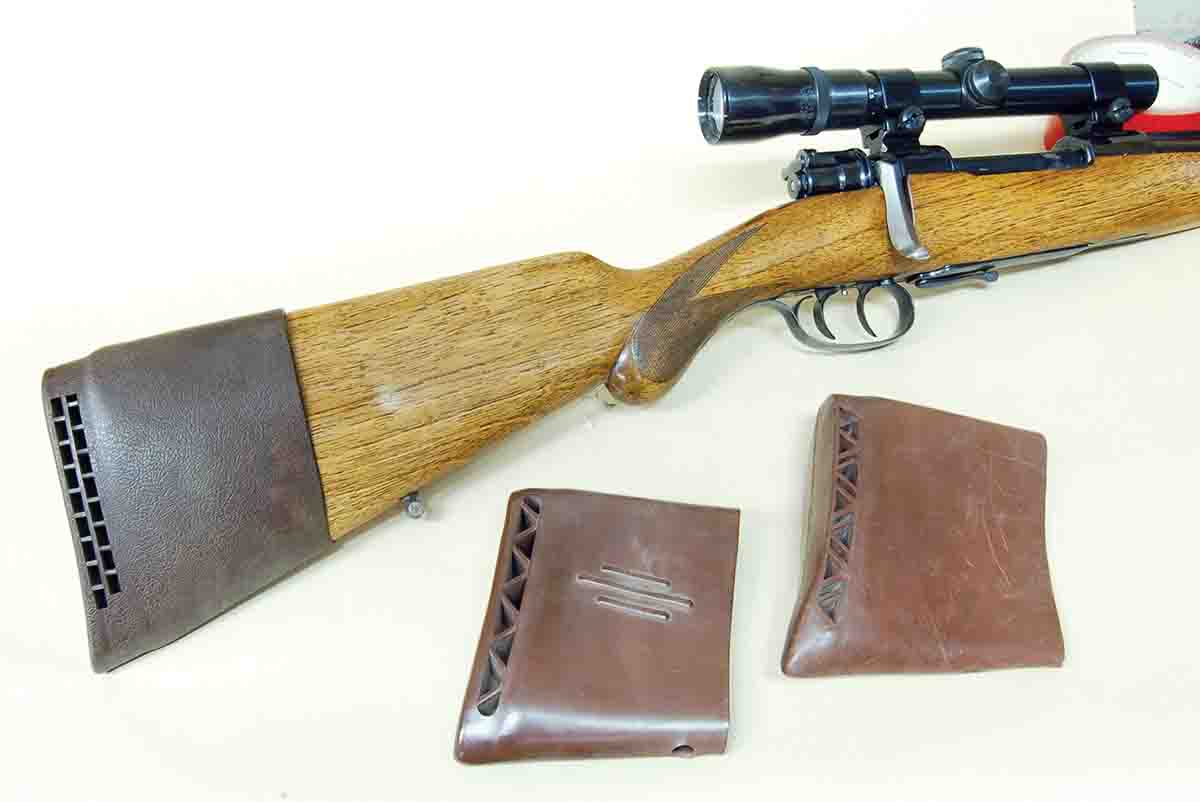
The third example of a stock that is too short is one that has been purposely cut off to fit a young shooter. These are generally .22s or .410s that don’t require recoil pads, so adding one of proper thickness will bring pull length back to something usable. This was done to a Remington M514. The pad is a take-off from a 1960’s Remington shotgun, so it’s rock hard, but it looks good and .22s don’t kick much!
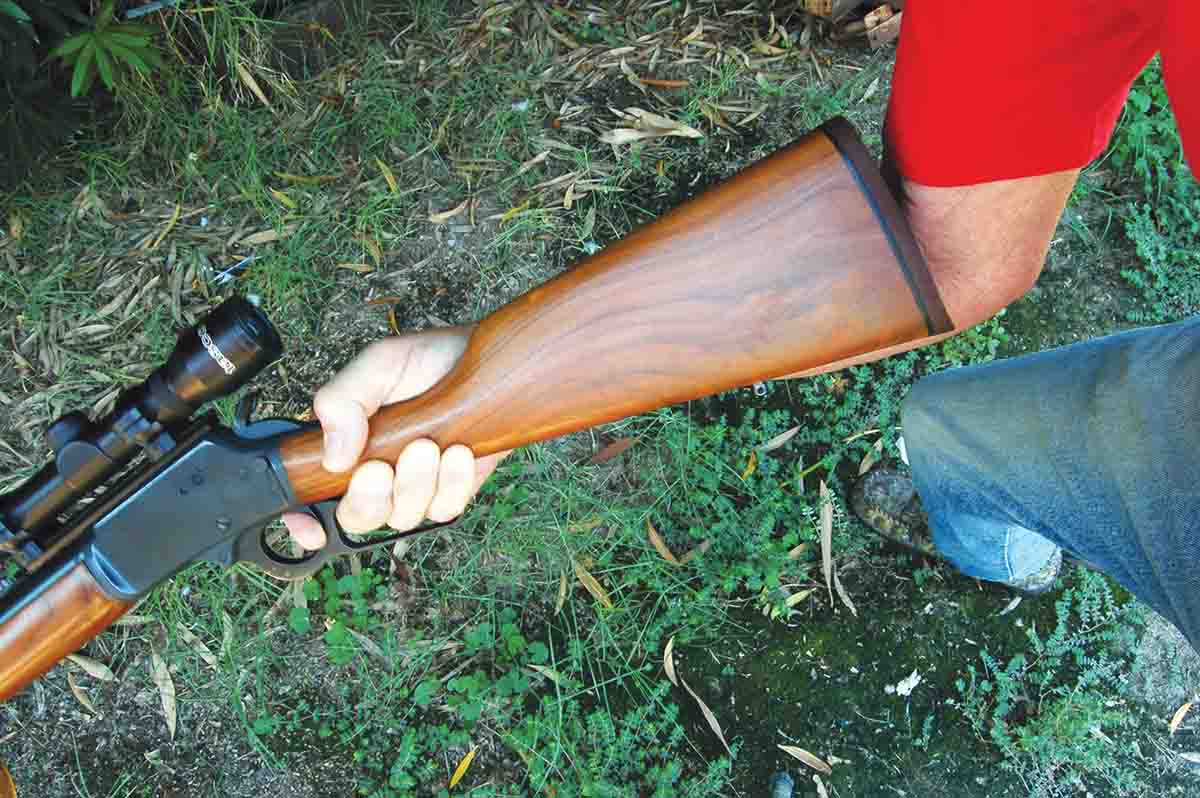
If a recoil pad has also been installed on a shortened stock and a pad must remain, then all that can be done is to add plastic spacers under a new recoil pad. Spacers are available from the makers of recoil pads or can be cut from black plastic available in hobby shops. A thickness of l inch works best. Doing this may be quick, but it doesn’t look so good. A stock is shown that was lengthened in this manner. The owner just wanted it done “yesterday” so he could go hunting. A lot of this is seen on trap guns.
In a situation where a recoil pad is not needed, replacing the cut-off section with a solid piece of darker-colored wood can look very good. The best way to secure the addition is with two, long wood screws, just like a buttplate. The new wood can then be trimmed to fit, sanded, finished and reinstalled without affecting the existing stock finish.
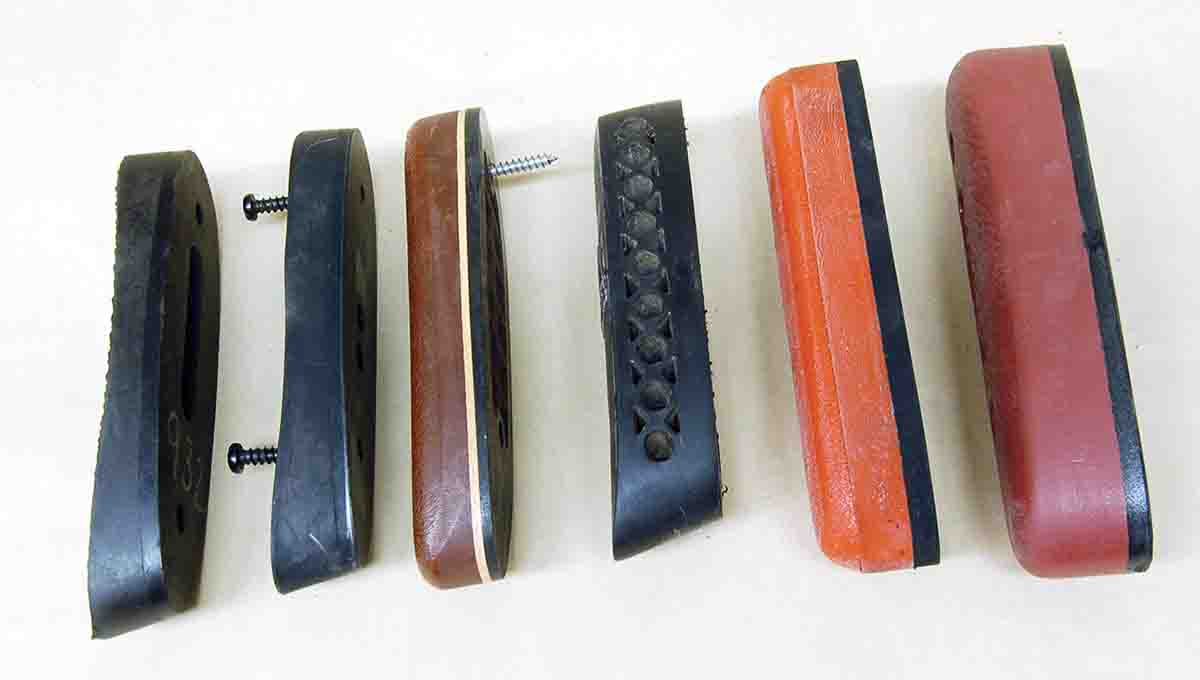
The added wood on the top stock shown in the photo on page 14 is lightweight mahogany. A heavier recoil pad would ruin the balance of this very light .28-gauge double. The bottom stock features mesquite because weight was no concern. The addition of heel and toe plates add class to this job. Given that the wood and steel for these two length of pull additions were from the scrap box, the cost was just right – free!
Making any rifle more comfortable to shoot is definitely worth the effort. Putting an otherwise unusable gun back in service without having to buy a new stock (if one can even be found today) is better yet. Both of these we can do.


